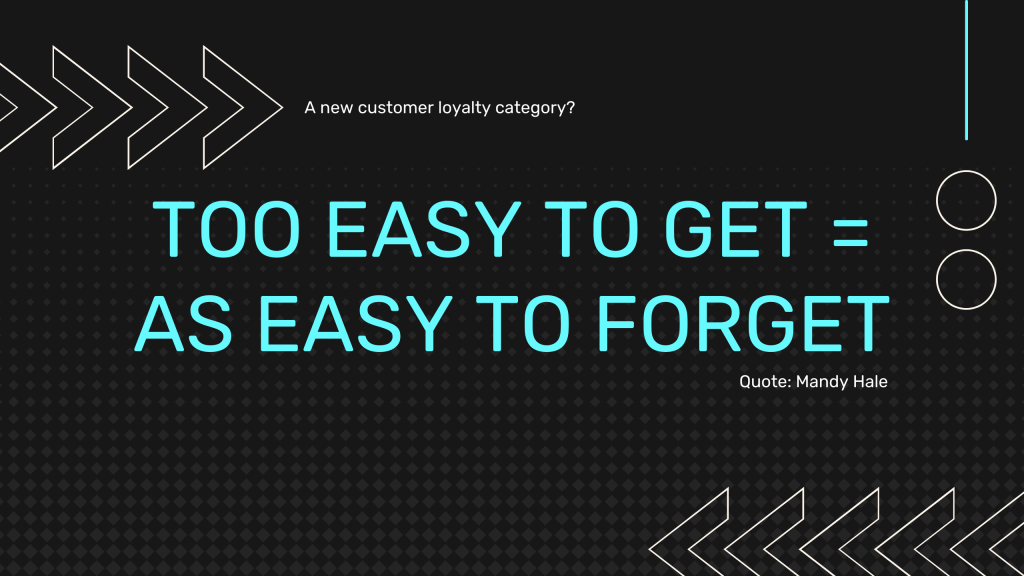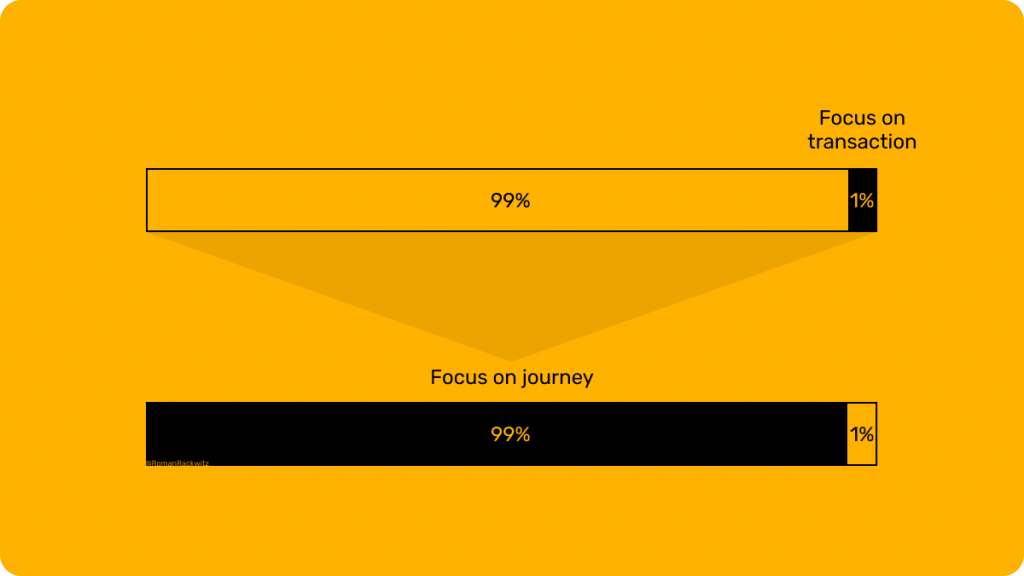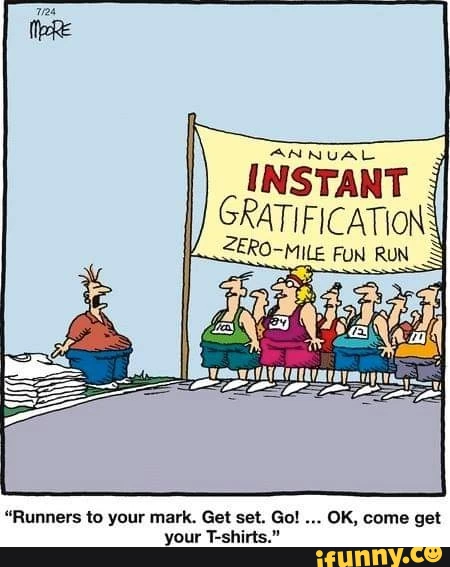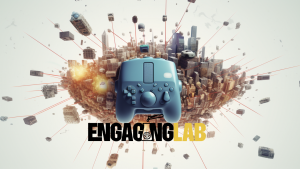Communication is THE VARIABLE when it comes to winning customer loyalty.

What’s really fascinating about the whole customer engagement industry, and we’ve had a number of clients in this industry, is that it’s significantly driven by sales-DNA. It is NOT brand-DNA. Loyalty programs are not ‚marketing‘ but ’selling‘.
That’s why all these rewards and points programs are doing so well. That’s why so many managers feel comfortable allocating money to these programs because it is transactional.
Someone pays for a product, you spend money on it to give her loyalty points (as promised). You see and feel the ROI very quickly.
I get that. I also love to see the ROI. It’s very easy to understand. It is very easy to invest in.
What is incredibly difficult to invest in is branding. It is hard.
Why do so many of us choose an Apple or a Microsoft product? Because of the brand. Nobody knocked on our door and sold us the product. These brands didn’t win because of a transactional approach. They didn’t win because of a sales-DNA.
Hardly anyone has really compared before. We have already been attracted to one product. We have usually already made an emotional decision before we even Google until we finally have information that now also confirms our emotional decision from a rational point of view.
I mention this because it’s easy to understand with Apple (or Adidas, or Porsche, or FC Bayern), but it’s harder for many people to think about it from their company’s perspective.
Communication is THE VARIABLE when it comes to winning customer loyalty.
We, the customers, know that rewards programs are transactional. We pay, and then we get the reward points. The rules for this type of loyalty program are well known. They are transactional.
And that’s what they’re communicating: Give us your money and then you get something from us. That is the communication of a sales-DNA.
But if you reduce customer loyalty to transactional design only, you communicate value appreciation for that only. It indirectly signals that the company doesn’t care what happened before. It doesn’t matter who you are. Whatever the journey was to the actual purchase, the reward points are the same.
They value the symbolic last 1% of potential enterprise-customer interaction.

But if you communicate the value of „loyalty“ only by emphasizing the last transaction, many other things that are responsible for creating an emotional connection between a person and the company are never communicated.
So the obsession with seeing and feeling ROI very quickly by reducing it to the transactional moment seems to make it less valuable.
So I challenge the industry to think in terms of a new loyalty program category.
In this category, the rules of the customer loyalty program ensure that the focus is on the time before the monetary transaction. So this category is not better than the existing approach, but simply different. It is 99% to 1% different.
The new customer loyalty category
No, this category is not about what you know from UX.
The thing that fascinates me about this new category is that it’s much closer to game psychology than anything else. Raph Koster sums it up:
UX design is about removing problems from the user. Game design is about giving problems to the user.
Raph Koster; https://www.raphkoster.com/2015/06/29/game-design-ux-design/
It is undisputed that an earned reward has a higher perceived value than a reward presented on a plate.
If this were not true of us humans, why do we do things like play, play sports, or even have a hobby?
After all, all of these activities are about one thing: voluntarily trying to overcome unnecessary obstacles.
And not in spite of, but precisely because of the effort we put into it, an emotionally positive attachment to it develops.
The act of making everything as smooth as possible, predictable and efficient, is never an option here.

And then, in the end, to be rewarded even for no real perceived achievement would take the purpose of a game, sport, and hobby completely ad absurdum.
Yet, in these three examples, we get the very emotional loyalty that companies want and imagine so much as customer loyalty.
The new category of loyalty programs must therefore respect this fact and be reflected in their design and rules.
Admittedly, I’ve been working on solutions that fall into this category for some time. So I’m not objective here.
But after many conversations with loyalty program managers from a wide variety of companies, and from more than 12 years of professional experience, I am more convinced than ever that such a new category of programs has a right to exist. Especially in combination with the classic category of reward programs.
Interestingly, even one or two employees of well-known points program providers agree with this. Unofficially, of course, and behind closed doors.
So we’ll see if and how such a new category of solutions to the challenge of customer loyalty can establish itself in the coming years.
Acknowledging the problem is one thing. Creating a solution approach is another. We’re working on it. With individual solutions and on a special SaaS approach.
We will continue to highlight these connections in future articles.
Find out more about Gamification and what we do here:
Gamification Blog


